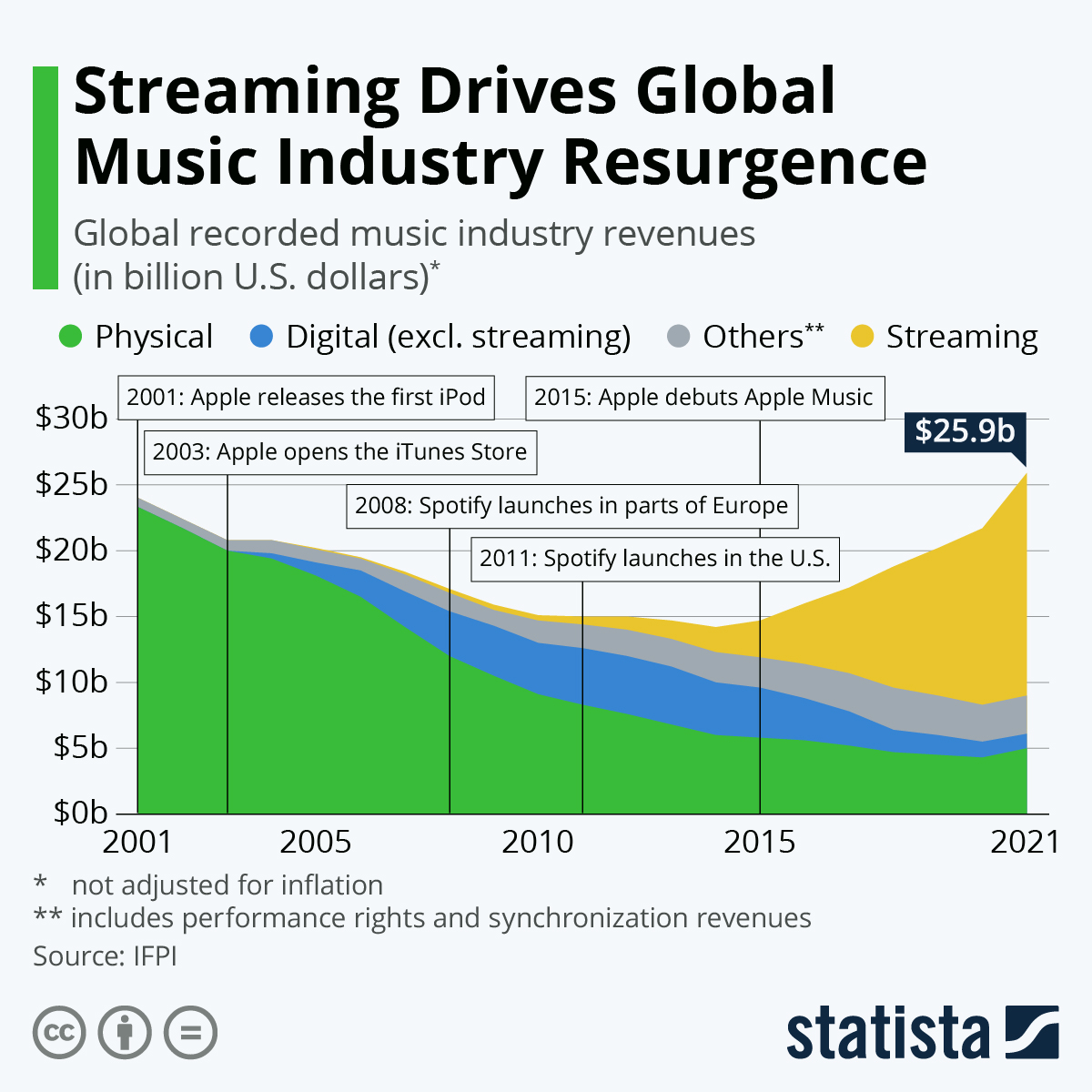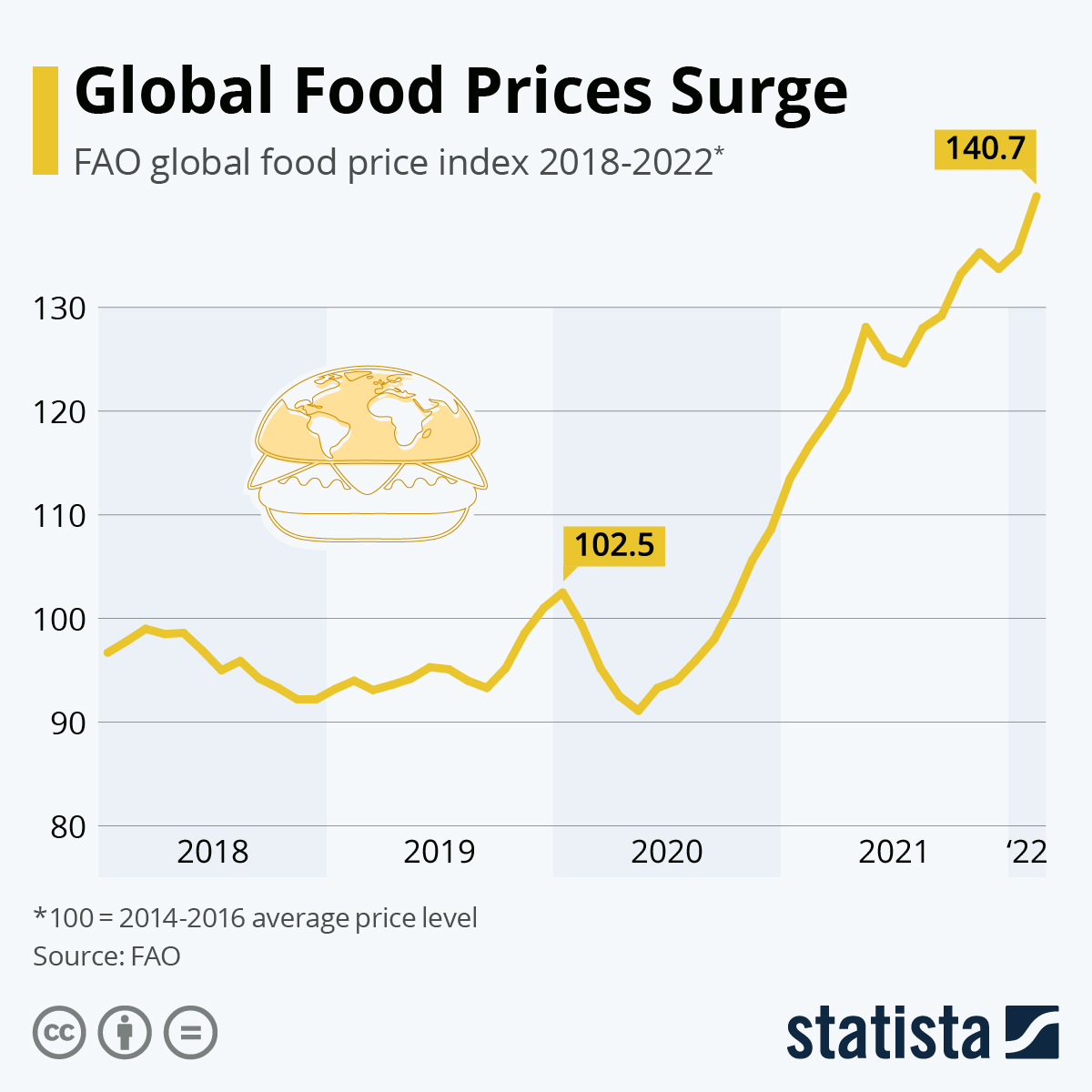
#Music streaming - A mini 🧵. According to @IFPI_org's latest Global Music Report, worldwide recorded music revenues totaled $25.9 billion last year, up 18.5 percent from the previous year’s total of $21.9 billion. 

Last year alone, 80 million people jumped on the streaming bandwagon, bringing the total of global subscription users to 523 million by the end of 2021. 

Despite the fact that, thanks to streaming services, it has never been cheaper and more convenient to listen to music, music #piracy is still prevalent across the world’s largest music markets. 

The average song released on Spotify in 2020 clocked in at three minutes and 17 seconds – just two seconds more than songs from 1930. According to data scientists at UCLA, this is evidence of a growing trend to shorten song lengths starting in 1990. 

Music streaming providers are known for keeping details about their royalty models close to their chest. The only notable exception in recent months was tech giant @Apple , which released a statement regarding its payout model back in June. 

Despite some regional differences occurring in the data collected by the Statista Global Consumer Survey, the works of great classical composers, rock icons and pop divas have reached every corner of the world, as seen by the popularity of these genres around the globe. 

You can find more shareable charts on this, and many other topics, on our website - statista.com/chartoftheday/
• • •
Missing some Tweet in this thread? You can try to
force a refresh














